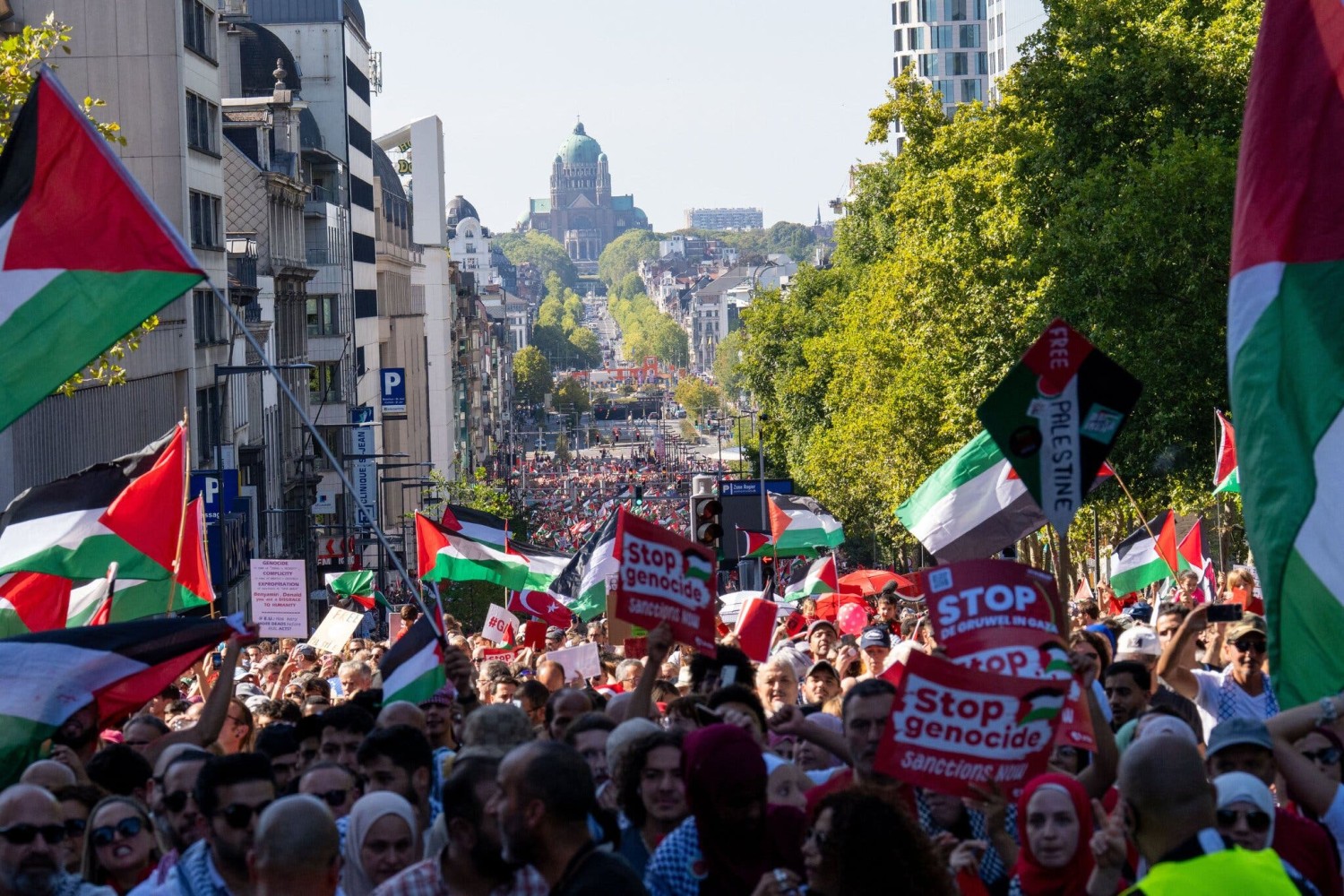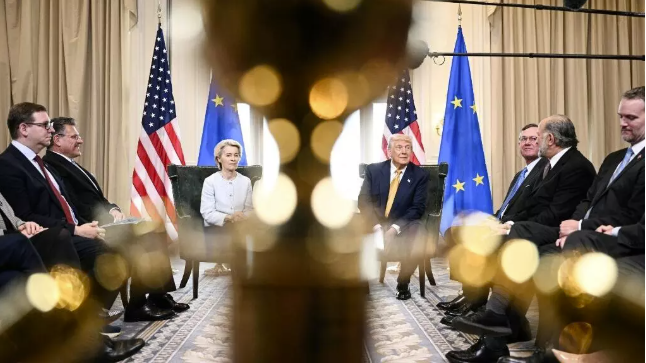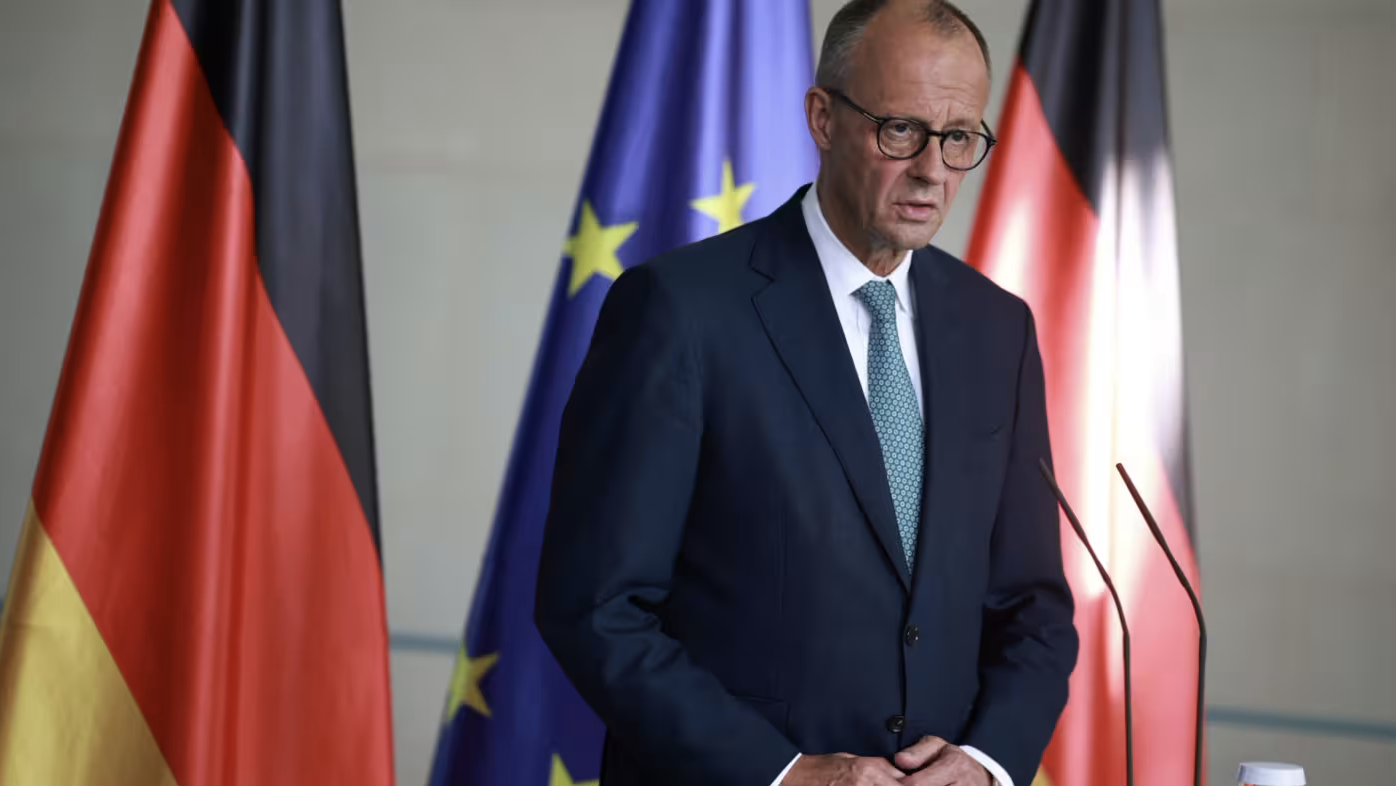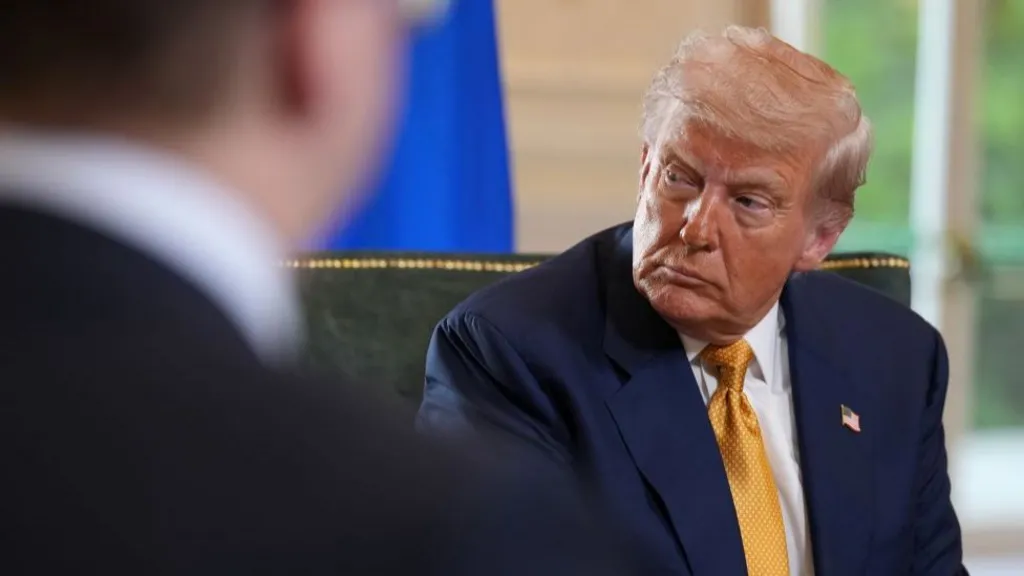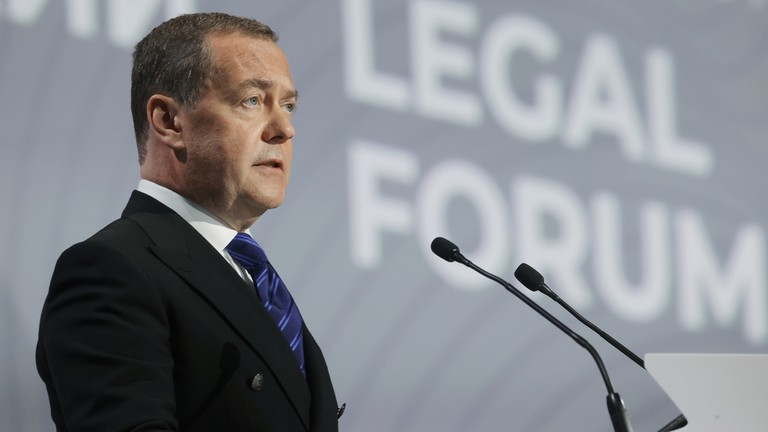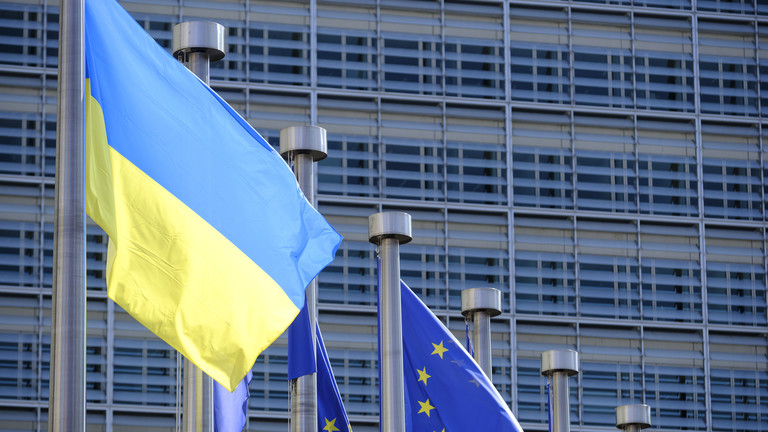
This article is more than
3 year oldEU prepares for ‘winter without Russian gas’
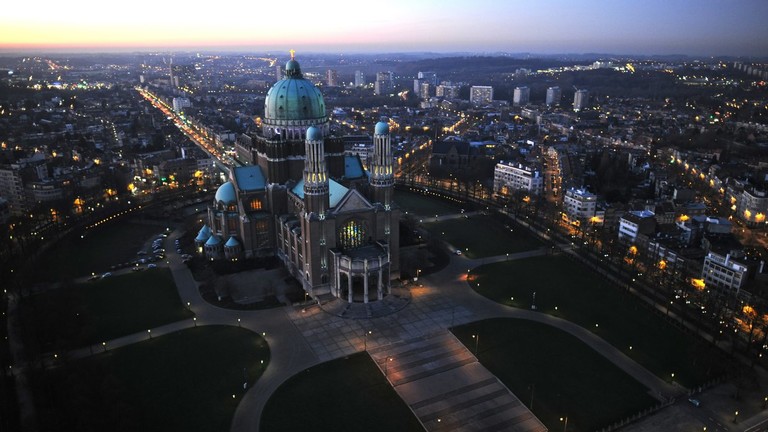
The European Union on Wednesday revealed a scheme to lower its gas use by 15% until next spring, with the European Commission ordering member states to comply with the plan. According to Commissioner Thierry Breton, the bloc is counting on some of its citizens not to be able to afford gas.
The measure is part of the ‘Save Gas for a Safe Winter’ plan presented in Brussels and aimed at ensuring uninterrupted supply to households and essential users such as hospitals and key industries. The reductions in gas use are to remain in force until March 31, 2023.
Member states will be asked to switch to renewable energy, or even coal, oil or nuclear power to achieve the target. Germany, which depends on Russia for more than half of its total gas supply, has already announced plans to restart its dormant coal plants, but industry groups say the switch will only cover 2-3% of its industrial gas demand.
“It’s important that all member states contribute in the saving, the storing and are ready to share gas,” Euronews quoted European Commission chief Ursula von der Leyen as saying. All member states “will suffer” if the bloc fails to act together, she added.
Citizens will also be asked to bear the cost of the commission’s plan, which calls for “public awareness campaigns to promote the reduction of heating and cooling on a broad scale.” While the public in several European countries has already been told to lower thermostats and take shorter showers, the commission said on Wednesday that member states could mandate lower temperatures in social housing.
The EU has already revealed plans to cut the bloc’s reliance on Russian gas by 66% this year by sourcing from other suppliers, investing in renewable energy, and rationing measures such as those mentioned above. However, talk has now shifted to preparing for an immediate cutoff by Russia after Moscow showed its willingness to end supplies to countries that failed to pay for their gas in rubles – a demand Russia only made after the EU froze its foreign currency reserves and expelled it from the SWIFT global transaction system.
In an article on Wednesday, EU Internal Market Commissioner Thierry Breton explained how the union can “prepare for a winter without Russian gas.” Should Russia cut off its 155 billion cubic meters (bcm) of supply to the EU, imported liquefied natural gas (LNG) could cover 50bcm of the shortfall, he estimated, with pipeline imports from other countries and domestic production replacing 16bcm. Nuclear, coal, oil and biomethane power could only replace a combined 13.5bcm, while a hodgepodge of power from green sources and industrial byproducts would only account for 11bcm.
According to Breton’s “scorecard,” a thermostat reduction could save 10bcm, while a “voluntary” reduction in demand could cut back on 7.5bcm. Breton’s calculations account for a “price induced demand reduction” of 20bcm, meaning that despite promising that “no household…is left behind,” he is counting on some consumers not being able to afford gas. This involuntary reduction is the second-largest source of savings listed by Breton.
Russian President Vladimir Putin stated on Tuesday that Russian energy firm Gazprom is “ready to pump as much as necessary, but [the EU] closed everything themselves.” Asked about the current gas shortage in Germany, Putin pointed out that Berlin voluntarily shuttered the Nord Stream II pipeline from Russia and EU sanctions have impeded critical repairs along the existing Nord Stream line.
Putin has previously accused European leaders of committing economic “suicide” via “insane and thoughtless” sanctions on Russia.
For more stories on economy & finance visit RT's business section
